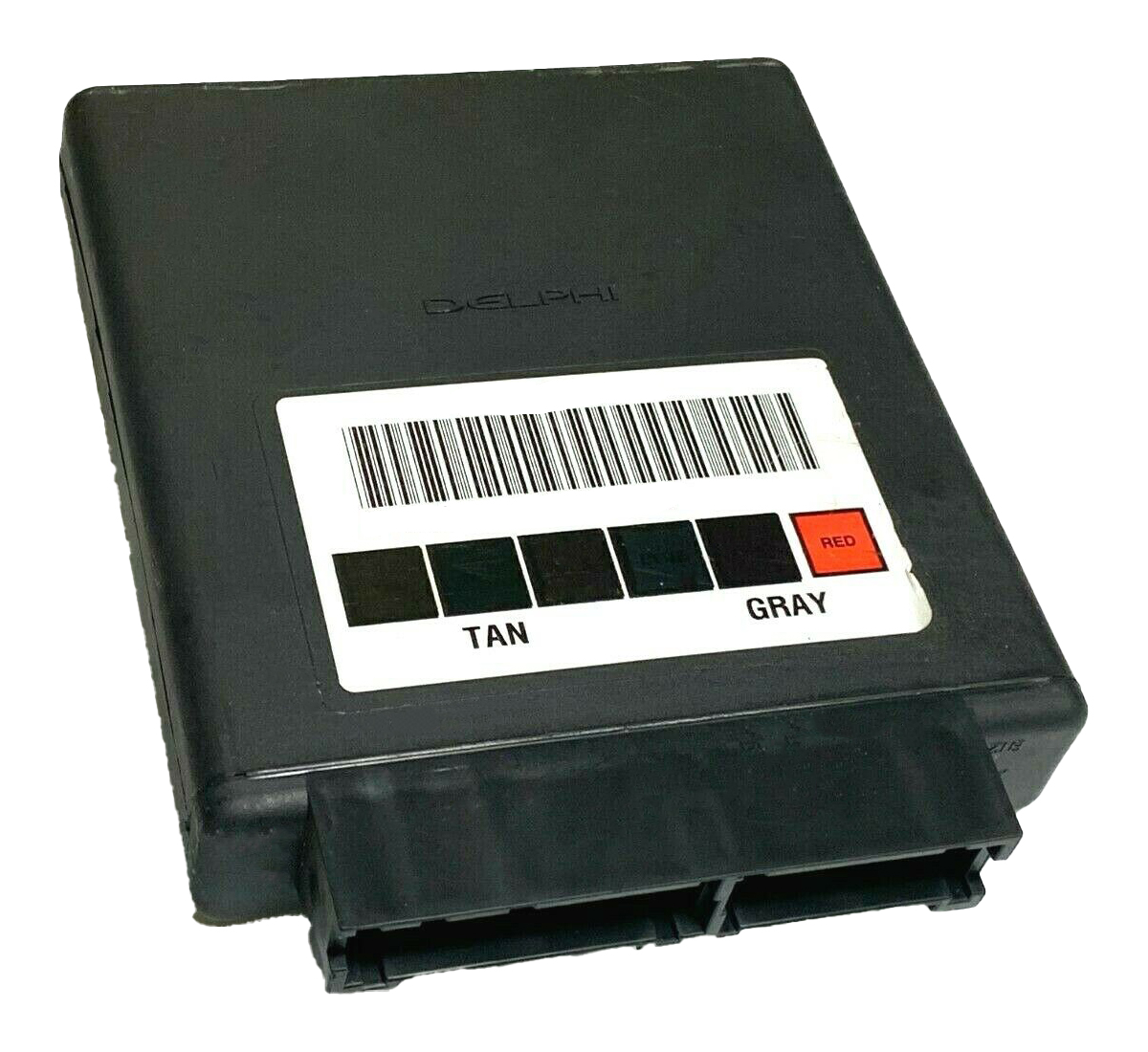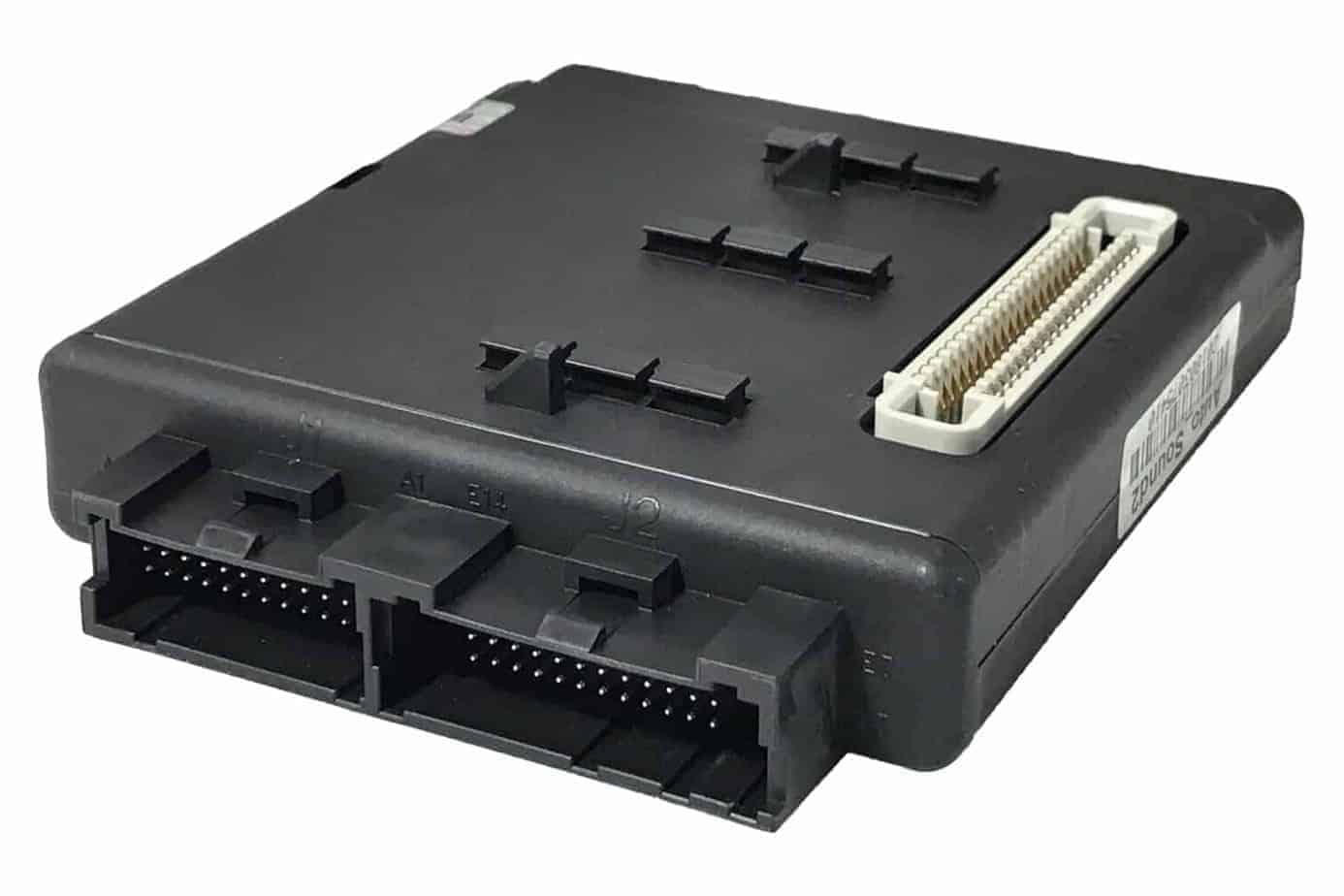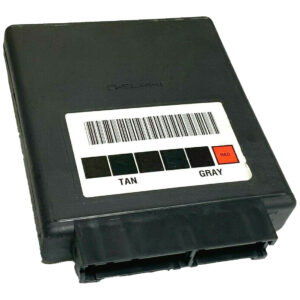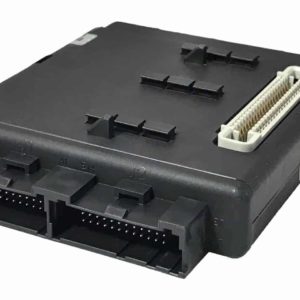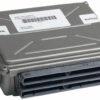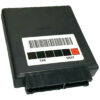If you’re dealing with baffling electrical problems in your 2005-2007 Buick Rainier or a similar GM SUV, you know how frustrating it can be. One minute the power windows work, the next they don’t. The dashboard lights might flicker randomly, or worse, your vehicle might refuse to start. These aren’t just annoyances; they’re often symptoms of a failing Body Control Module (BCM), the central command center for your vehicle’s body electronics.
As a technician with over two decades of experience, I’ve seen firsthand how a faulty BCM can wreak havoc. It’s the brain behind dozens of functions you use every day. When it fails, it can send confusing signals, leading to a vehicle that feels unreliable. This replacement BCM is the definitive solution, engineered to restore your vehicle’s electrical system to perfect working order.
A Technician’s Notebook
I remember a 2006 Trailblazer—which uses this exact BCM platform—that came into my bay with a ghost of a problem. The owner complained of intermittent no-starts and flickering interior lights that two other shops couldn’t solve. They had already replaced the battery and alternator. After checking the main power and grounds, I focused on the BCM. On these GMT360 platform trucks, the BCM is integrated with the rear fuse block under the back seat. This area can sometimes be exposed to moisture from spills or window leaks, leading to corrosion on the pins and internal board failure. A quick scan revealed multiple U-codes (loss of communication), pointing directly to the BCM. Installing a pre-programmed module like this one solved every single issue instantly. It’s a common failure point I’ve diagnosed hundreds of times.
The Smart, Simple Solution
The biggest hurdle in replacing a BCM has always been the expensive and time-consuming programming required at a dealership. We eliminate that step completely. Simply provide us with your vehicle’s VIN after your purchase, and we will flash this module with the latest, most stable GM software specific to your 2005-2007 Rainier BCM. It arrives at your door ready for installation, saving you time, money, and a trip to the service center.
Is Your SUV Showing These Symptoms?
- ✔ Erratic or non-functional power windows, door locks, or mirrors.
- ✔ Interior or exterior lights that flicker, stay on, or don’t work at all.
- ✔ Gauges on the instrument cluster behaving erratically or not working.
- ✔ Horn not working or sounding randomly.
- ✔ Diagnostic trouble codes related to loss of communication (e.g., U0140, U0155, U0164).
- ✔ Intermittent no-start condition where the engine cranks but won’t fire up.
A Straightforward Guide to Installation
Replacing the 2005-2007 Rainier BCM is a job most DIY enthusiasts can handle with basic tools. The module is typically located under the rear driver’s-side seat, as part of the rear fuse block assembly.
- Safety First: Always disconnect the negative terminal from your vehicle’s battery and wait a few minutes before beginning work.
- Access the Module: Lift the rear seat cushion to expose the fuse block/BCM assembly.
- Disconnect Connectors: Carefully unplug all electrical connectors from the old BCM. They have locking tabs that need to be depressed. Take a photo beforehand if you’re worried about mixing them up.
- Swap the BCM: Remove the old BCM from the fuse block assembly. It’s often held in by clips. Install the new, pre-programmed module in its place.
- Reconnect and Test: Plug all connectors back into the new BCM, ensuring they click securely into place. Reconnect the battery terminal. Turn the key to the ‘On’ position and test all body functions (lights, windows, locks, etc.).
Important Post-Installation Information
While this module is programmed to be plug-and-play, certain vehicle systems may need to be re-synced after installation. This is normal.
- Airbag System Sync: If your airbag warning light is on after installation, a professional scan tool is needed to perform the ‘Setup SDM Primary Key in BCM’ procedure. This syncs the new BCM with the airbag module.
- Brake Pedal Position Relearn: On some models, a brake pedal position sensor recalibration might be necessary to ensure correct brake light operation and to prevent issues with the traction control system.
Disclaimer: Specific procedures can vary by vehicle. Always consult a factory service manual or a qualified technician for guidance.
Verified Vehicle Compatibility
This BCM is a direct replacement for part numbers 15135466, 25802312, 8258023120, and 15787809 and fits the following vehicles:
CHEVROLET TRAILBLAZER 2005-2009 (w/o security system)
CHEVROLET TRAILBLAZER EXT 2005-2006 (w/o security system)
GMC ENVOY 2005-2009 (w/o security system)
GMC ENVOY XL 2005-2006 (w/o security system)
ISUZU ASCENDER 2005-2008 (w/o security system for 05-07)
SAAB 9-7X 2006-2009
Frequently Asked Questions
Frequently Asked Questions
Do I need to send my old BCM back?
No. This purchase comes with no core charge. You can keep your original module without any extra fees.
How do I provide my VIN for programming?
After you complete your purchase, we will contact you with simple instructions to securely provide your vehicle’s 17-digit VIN. We cannot ship your order until we receive it.
Is this part truly plug-and-play?
Yes, for the vast majority of functions. It arrives programmed to your VIN. However, as with any BCM replacement, some vehicles may require a simple relearn for the airbag or brake pedal sensor, which sometimes requires a professional scan tool.
What if my airbag light comes on after installation?
This is a normal security handshake procedure. It means the new BCM needs to be electronically introduced to the vehicle’s Sensing and Diagnostic Module (SDM). A repair shop with a bi-directional scan tool can perform the ‘Setup SDM Primary Key in BCM’ function to resolve this.
Will this fix my specific electrical problem?
This module will correct any issue directly caused by a failing BCM. The symptoms listed above are the most common indicators. If your vehicle is experiencing multiple communication failures between modules (U-codes), a faulty 2005-2007 Rainier BCM is the most probable cause.
